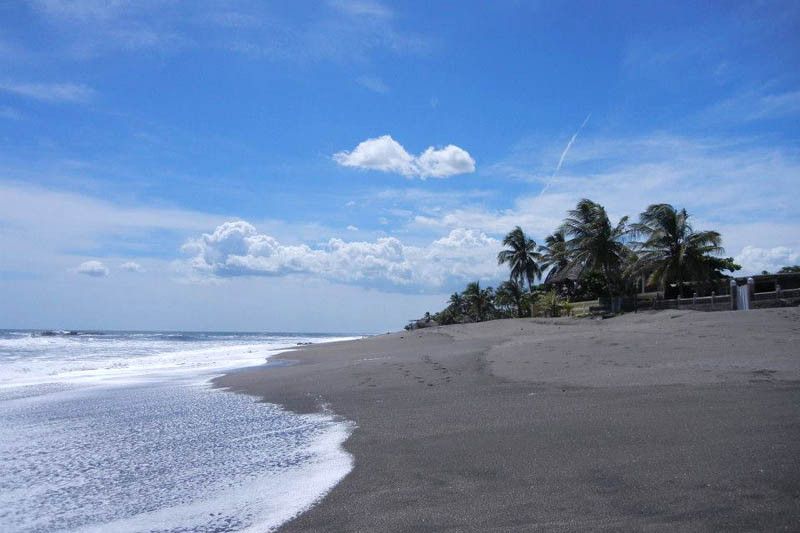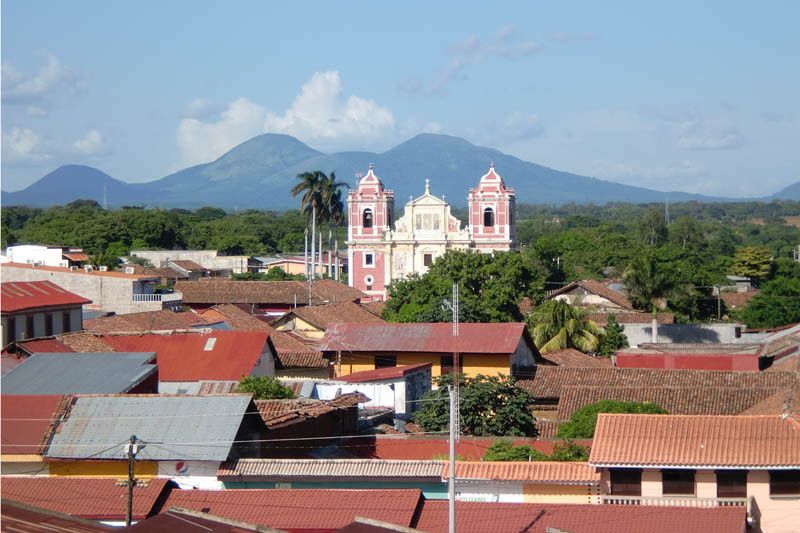Healthcare system
Healthcare is delivered through different health subsystems; the public and private subsystems. The public subsystem comprises civilian and military health posts, health centres and hospitals, while the private subsystem comprises individual physicians’ offices, hospitals, clinics as well as alternative and natural medicine centres. The standard of public hospitals is relatively low in terms of equipment and facilities from a European or North American perspective. Unfortunately it is a challenge for a lot of people to raise sufficient funds for medical treatment, which often results in many seeking treatment at late disease stages. These hospitals are often crowded with difficult working conditions for healthcare professionals. For this reason professional volunteers are also much needed and appreciated. The private sector is run by health insurance companies and nongovernmental organisations. Private health insurance plans are available, but the majority of the population is unable to afford those. Thus, private hospitals are less crowded, and normally have better equipment and facilities. Some have a large variety of highly specified departments and specialised staff. Due to low salaries many healthcare professionals work several jobs at different hospitals, usually both public and private.




